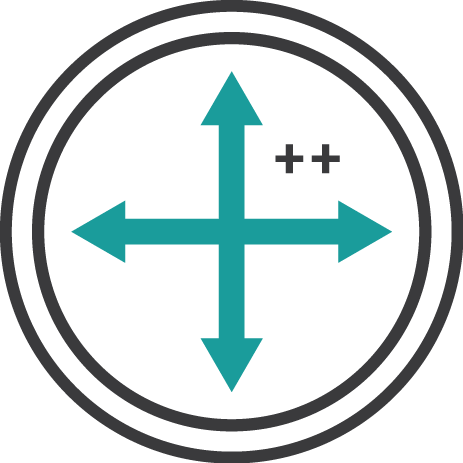

Module 1: Introduction to System
Module 2: Types of Systems
Module 3: System Development Life Cycle (SDLC)
Module 4: Architectural Design
Module 5: Database Design
Module 6: Security in System Design
Module 7: Tools for System Analysis
Module 8: System Design
Module 9: Introduction to Testing
Module 10: Advanced Architectural Design
Module 11: Advanced Database Design
Module 12: Advanced Component-Level Design
Module 13: Advanced Security
Module 14: Advanced Testing
Module 15: Technologies in System Design
Module 16: Edge Computing and IoT
Rs.30000

© 2024 Positive Quadrant Technologie LLP.